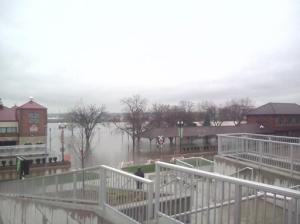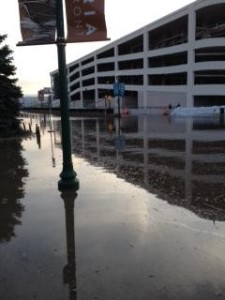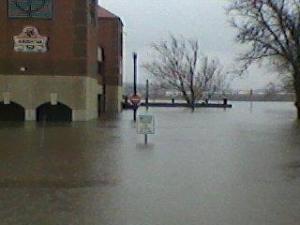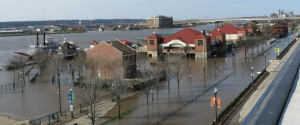PeoriaCorps members and volunteers have signed up to help the American Red Cross Central Illinois disaster relief efforts. We’ll be in and around Peoria and the surrounding areas helping with emergency supplies, shelters, food, cleanup, transport, and anything else the Red Cross volunteers need.
Related articles
- Local volunteers respond to Illinois flooding (cantonrep.com)












